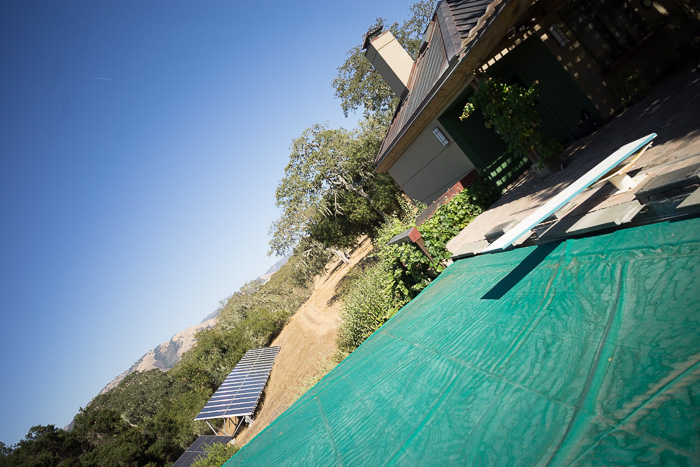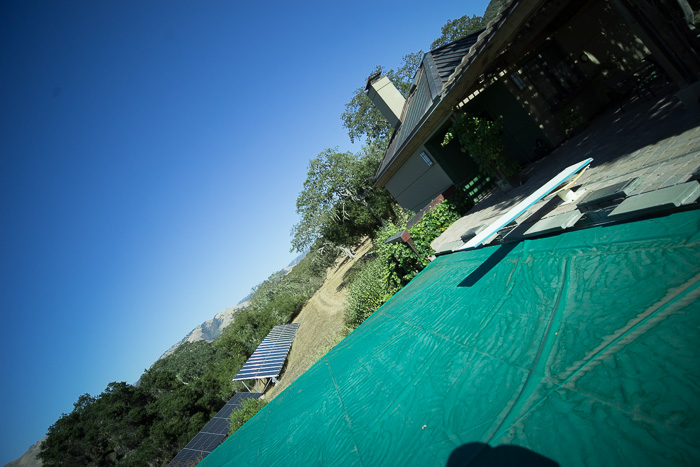This is part 9 in a series of posts on a prototype of the Kolari Vision thin-stack sensor modification for the Sony a7II. The series starts here.
The Leica 16-18-21mm f/4 Tri-Elmar (WATE) is an excellent performer on the Sony a7x cameras. considering that it’s a zoom lens. Its exit pupil is far enough from the sensor plane that the corners are generally sharp. How is it on the Kolari-modified a7II?
The scene wide open at f/4 and 16mm with both the standard and thin-stack cameras. I focused on the lower left corner:


Same color shift we saw in the earlier pictures.
In the lower left corner, wide open and stopping down at whole apertures, enlarged 3:1, processed in Lightroom with daylight white balance, a one-stop boost to compensate for lens falloff, and otherwise default settings:


Pretty similar, with the nod going to the thin-stack sensor. This is good performance for a zoom lens.


The Kolari is definitely better. In both cases, this is exceptional performance for a zoom lens.


Both are very good. The best f-stop for both in the corners.


Also both very good, with the Kolari ahead by a nose, probably because of the lack of an AA filter. Diffraction is beginning to set in.


Diffraction is damaging both images, with the Kolari ahead.


Serious diffraction blur here.
Rick says
Why not just shoot it on the M where you don’t have to worry about corner smearing and color shift? I must be missing the point here.
Jim says
Tests on the M240 are coming. Soon, I hope. I shot the images this afternoon.
Jim
Jim says
I’ve finished the WATE testing on the Kolari-modded a7II and the M240, and there’s not a material difference between the way to two cameras do with the lens. So, to answer your question about why you’d want to use the WATE on the Kolari a7II rather than the M240, I think there are several possible reasons:
Better EVF resolution, integrated EVF
More dynamic range
No green shadows
Smaller, lighter
Cheaper
EFCS (although that won’t make any difference with the WATE)
The reasons to use the M240 might go something like this:
Rangefinder
Battery life
Don’t need an adapter
Jim